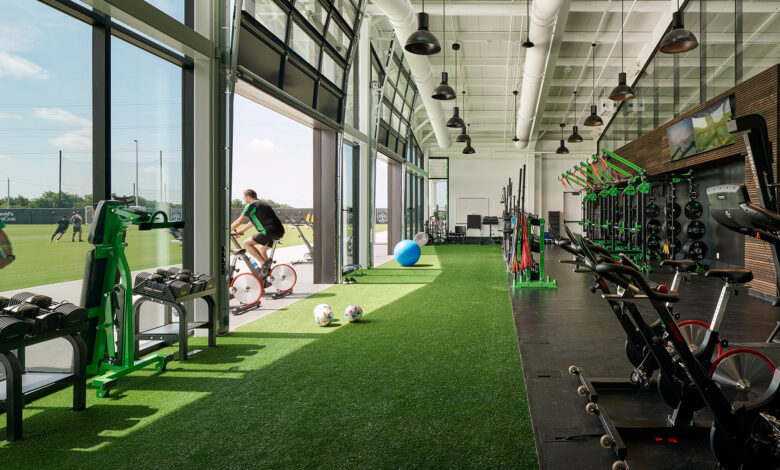The Science Behind Athletic Performance: How Training and Nutrition Shape Champions

Achieving peak athletic performance is the result of a complex interplay between physical training, nutrition, recovery, and mental preparation. Behind every successful athlete is a meticulous science that optimizes the body’s capabilities and enhances endurance, strength, and agility. Understanding how training methods and nutritional strategies influence performance not only helps elite athletes but also benefits recreational sports enthusiasts aiming to improve their fitness and health.
The Physiology of Performance
Athletic performance relies on the body’s ability to generate power, sustain energy, and recover efficiently. Key physiological systems involved include the cardiovascular, respiratory, muscular, and nervous systems.
- Cardiovascular system: Responsible for delivering oxygen-rich blood to muscles.
- Muscular system: Produces force and movement.
- Nervous system: Controls muscle activation and coordination.
- Energy systems: Provide the fuel for activity, primarily through aerobic and anaerobic pathways.
Training targets these systems to improve efficiency and capacity. For instance, endurance athletes work on enhancing aerobic capacity, while sprinters focus on explosive power and anaerobic capacity.
Types of Training and Their Impact
Athletes use a variety of training techniques to develop specific physical attributes:
- Endurance training: Activities like long-distance running increase mitochondrial density and capillary networks in muscles, improving oxygen delivery and utilization.
- Strength training: Resistance exercises stimulate muscle hypertrophy (growth) and improve neuromuscular coordination, essential for power and injury prevention.
- Speed and agility drills: Enhance fast-twitch muscle fiber recruitment and reaction times.
- Flexibility exercises: Maintain joint range of motion and reduce injury risk.
Periodization, the systematic variation of training intensity and volume over time, helps athletes peak at the right moment and avoid overtraining.
Nutrition: Fueling the Athlete
Nutrition is a cornerstone of athletic success. The right balance of macronutrients—carbohydrates, proteins, and fats—along with micronutrients and hydration, supports training demands and recovery.
- Carbohydrates: Primary energy source during high-intensity exercise. Athletes often “carb-load” before competitions to maximize glycogen stores.
- Proteins: Essential for muscle repair and growth. Post-exercise protein intake promotes recovery and adaptation.
- Fats: Important for long-duration, moderate-intensity activities and overall health.
- Hydration: Critical for maintaining performance and preventing heat-related illnesses.
Timing also matters; nutrient intake before, during, and after exercise influences energy availability and muscle repair.
Recovery and Injury Prevention
Training stresses the body, and recovery allows adaptation and repair. Techniques like adequate sleep, active recovery, massage, and cold therapy help reduce inflammation and promote healing.
Injury prevention involves proper warm-ups, technique training, and listening to the body’s signals. Advances in sports medicine and technology, such as wearable devices, help monitor workload and reduce injury risks.
The Role of Technology and Data
Modern athletes benefit from technology that tracks performance metrics—heart rate, movement patterns, and muscle activity. Data analytics guide personalized training programs and nutrition plans.
Additionally, innovations like altitude training, hypoxic chambers, and blood flow restriction training push physiological boundaries.
Mental and Psychological Factors
Physical preparation is only part of the equation. Mental toughness, focus, and motivation are critical. Techniques such as visualization, goal setting, and mindfulness improve performance under pressure.




